1. FLIPR Penta high-throughput Cellular Screening System
FLIPR Penta high-throughput Cellular Screening System is an industry-renowned instrument for monitoring GPCRs and ion channels.
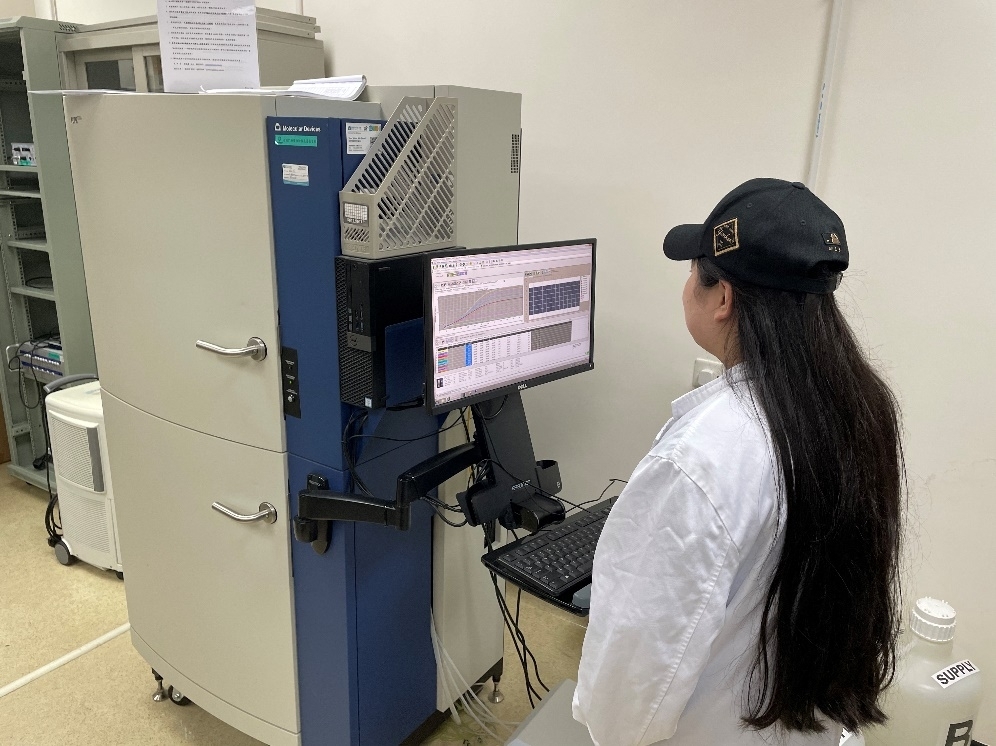
Applications:
1) Calcium Flux
The evaluation of calcium flux is a long accepted, validated and true measure of cellular activity. Calcium flux can be used as a measurement for a host of cellular processes including neurotransmitter release, GPCR activity, voltage or ligand gated ion channels, and cardiomyocyte beat patterns, among many others. The FLIPR Penta System is the drug discovery tool for evaluation of calcium flux in high and ultra-high throughput due to its ease of use, sensitivity and user configurability.
2) Cardiomyocyte screening
Early prediction of drug-induced functional cardiotoxicity requires robust in vitro systems suitable for high-throughput screening. Readily-available iPSC-derived human cardiomyocytes may be used in conjunction with calcium-sensitive dyes to monitor beat rates from changes in intracellular calcium. These calcium peaks can be analyzed with our ScreenWorks PeakPro software which offers the investigator a suite of powerful tools for quantification of cardiomyocyte activity.
3) GPCR
Fluorescent dyes sensitive to changes in intracellular calcium have become increasingly popular in G protein-coupled receptor (GPCR) drug discovery. These dyes make GPCR screening assays highly sensitive, easy to perform, and low cost compared to other assays.
4) Membrane Potential
There are dozens of identified disorders caused by impaired ion channel function. Ion channels are important drug discovery targets because they are highly druggable and specific. The FLIPR® Membrane Potential Assay Kits provide a fast, simple and reliable fluorescence-based assay for detecting changes in voltage across the cell membrane mediated by ion channel to evaluate target or off-target effects based on the application.
5) Neuronal Assays
The FLIPR Penta System is an excellent tool for monitoring calcium flux related to neuronal activity. Neuronal activity and neurotransmitter release can be evaluated with fluorescence-based calcium indicator dyes combining fast, simple, and powerful assays with scalable throughput.
6) Potassium Assays
Functional evaluation of potassium ion channels in a cell is of critical importance in the drug discovery process, particularly when it involves cardiac safety. A novel, highly-sensitive Tl+ indicator dye produces a bright fluorescent signal proportional to the number of potassium channels in the open state providing a functional assay of potassium channel activities.
2) Electrophysiological experiment platform
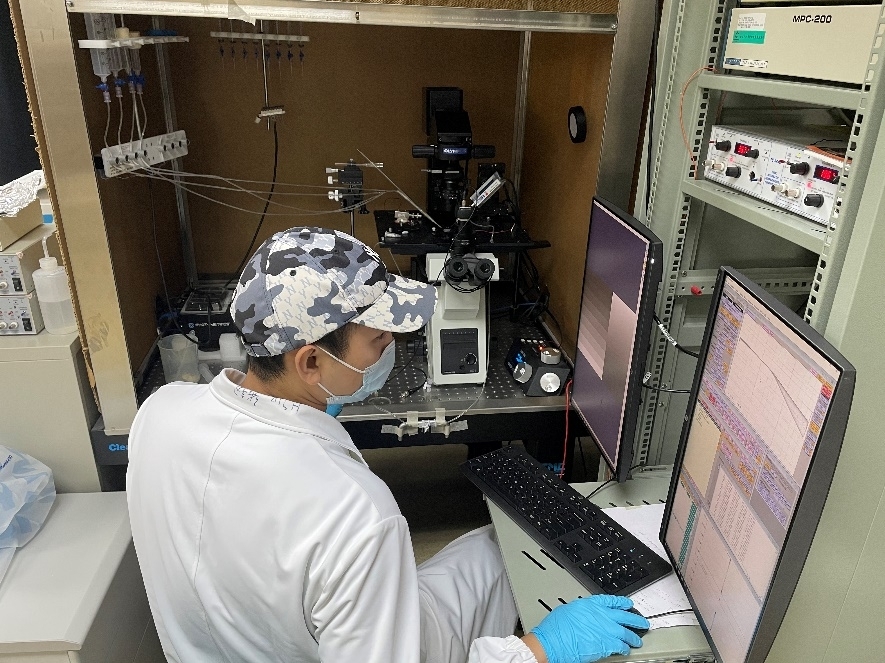
The patch-clamp technique is an electrophysiological tool for studying ion channel behavior, allowing researchers to understand how ion channels behave in normal and disease states, and how different drugs, ions or other analytes alter these states.
3) LiT LBS laser sheet scanning microscope
The LiT LBS laser sheet scanning microscope provides high sensitivity, resolution and imaging speed to interpret the three-dimensional dynamic processes of living samples. The Litone I.BS system uses cutting-edge optical and engineering technology to generate an ultra-thin linear Bessel Sheet (LBS) and use it to achieve high-precision imaging of large biological samples. This patented technology not only significantly increases the imaging resolution of the LBS, but also allows the system to obtain sufficient signal intensity from the sample using ultra-weak excitation light, thus greatly reducing the phototoxicity of the sample during imaging, extending the effective observation time of a given sample, and obtaining more high-quality imaging data.
4) Mosquito Protein crystallization system
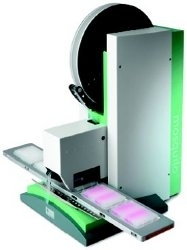
The mosquito® Crystal is a desktop computer that handles nanoscale liquids. It can precisely aspirate and dispense a wide range of different types and viscosities of liquids from 25 nanoliters to 1.2 microliters. In addition, it uses a reel that can sustainably supply disposable volumetric micro syringes, combining the performance of a fixed-tip dispenser with the convenience of a disposable syringe.
Applications
Protein crystallography: sitting drops, suspended drops, oil drops, inoculation tests, microadditive experiments, Bicelle experiments, and various other experiments, micro-experimental systems, genotyping, microvolume compound addition, gradient dilution.
5. MicroCal PEAQ-ITC
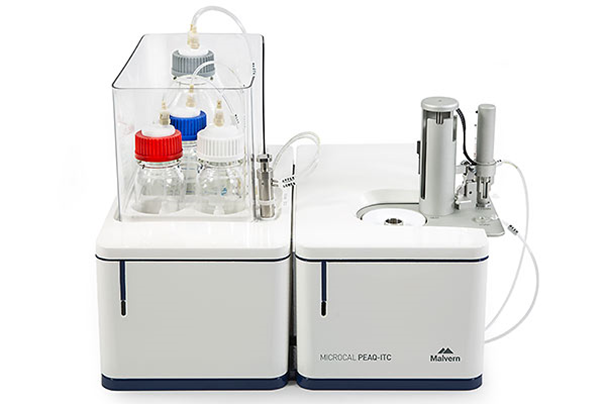
The MicroCal PEAQ-ITC is a highly sensitive, low volume isothermal titration calorimeter for the label-free in solution study of biomolecular interactions. It delivers direct measurement of all binding parameters in a single experiment and can analyze weak to high affinity binders, using as little as 10µg sample.
Applications:
Determine intermolecular interactions of small molecules, proteins, antibodies, nucleic acids, lipids and other biomolecules. Perform enzyme kinetic measurements.
6. PeriFlux 6000 small animal electrophysiological testing platform
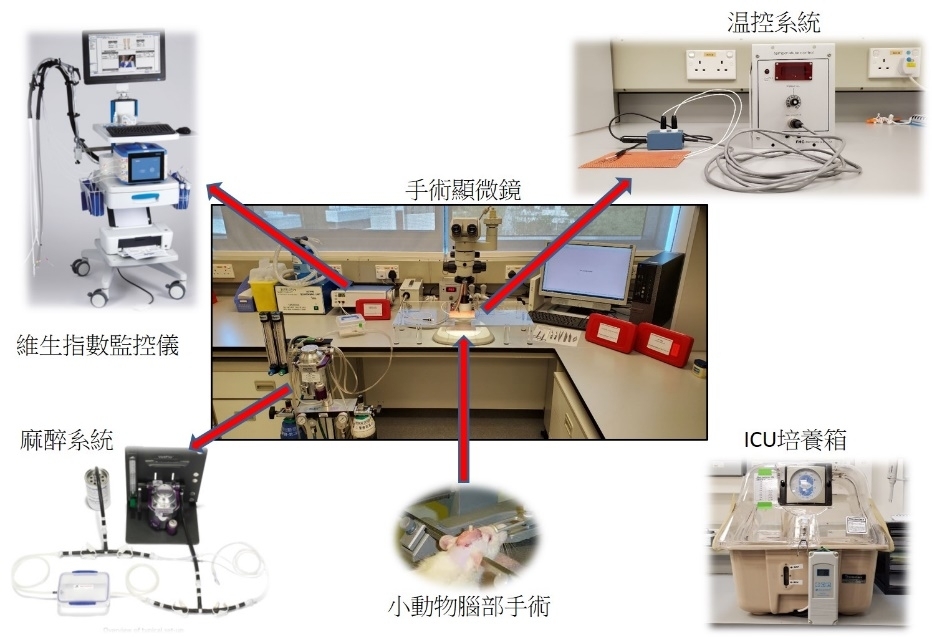
The platform enables clinical applications: all-in-one simultaneous assessment, foot and ankle compression, burns, chronic limb threatening ischemia, diabetic foot, etc. and clinical studies: drug development and microcirculation, thermal laser Doppler, systemic sclerosis, tissue oxygen saturation, hindlimb ischemia, neoangiogenesis/angiogenesis, etc.
7. 10x Genomics Chromium
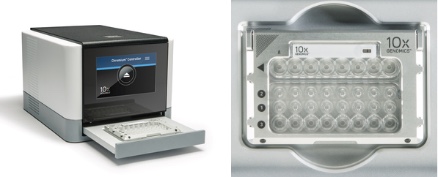
Single Cell Sequencing provides higher resolution cellular differentiation results at the single cell level by detecting genetic information of single cells through optimized next-generation sequencing (NGS) technologies to better understand the function of single cells in their microenvironmental context. Single cell RNA sequencing involves isolating individual cells, amplifying the entire transcriptome or targeted gene regions of interest, constructing a library, and then applying next-generation sequencing technologies to complete the sequencing and data analysis. Single-cell RNA sequencing has been widely used in normal physiological and disease research: cancer research, microbial systems, brain neuropathy, and inflammatory diseases.






